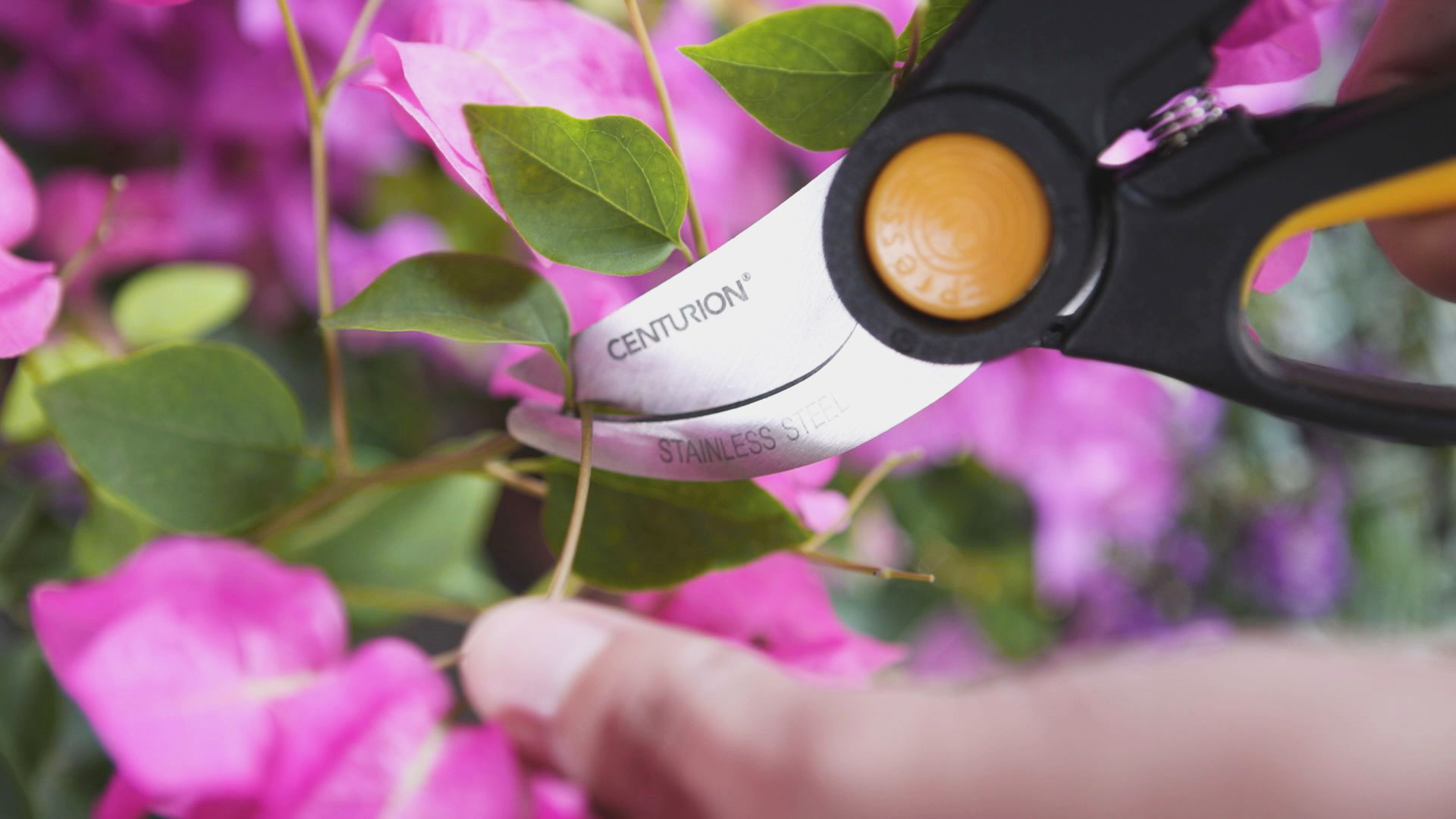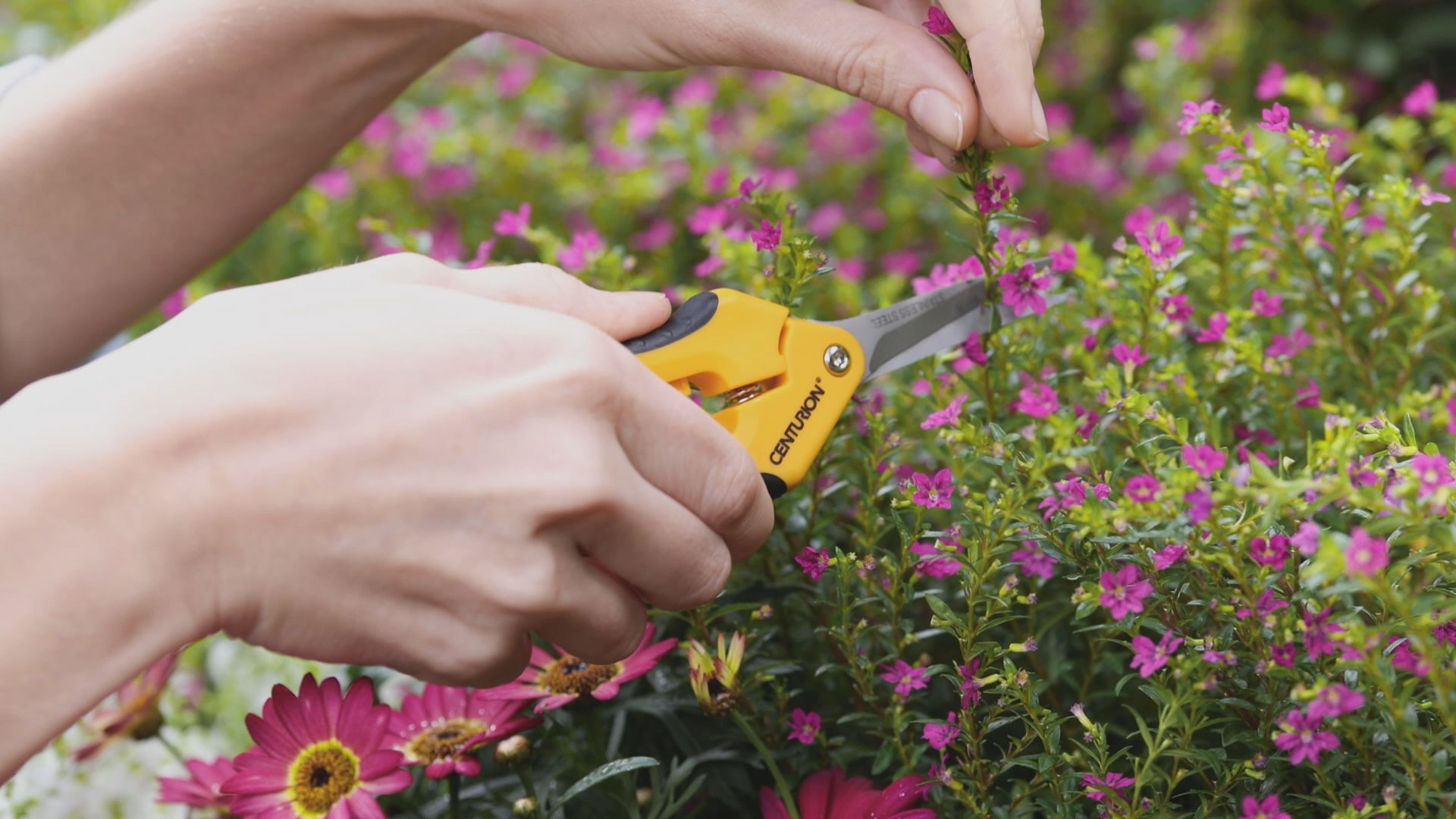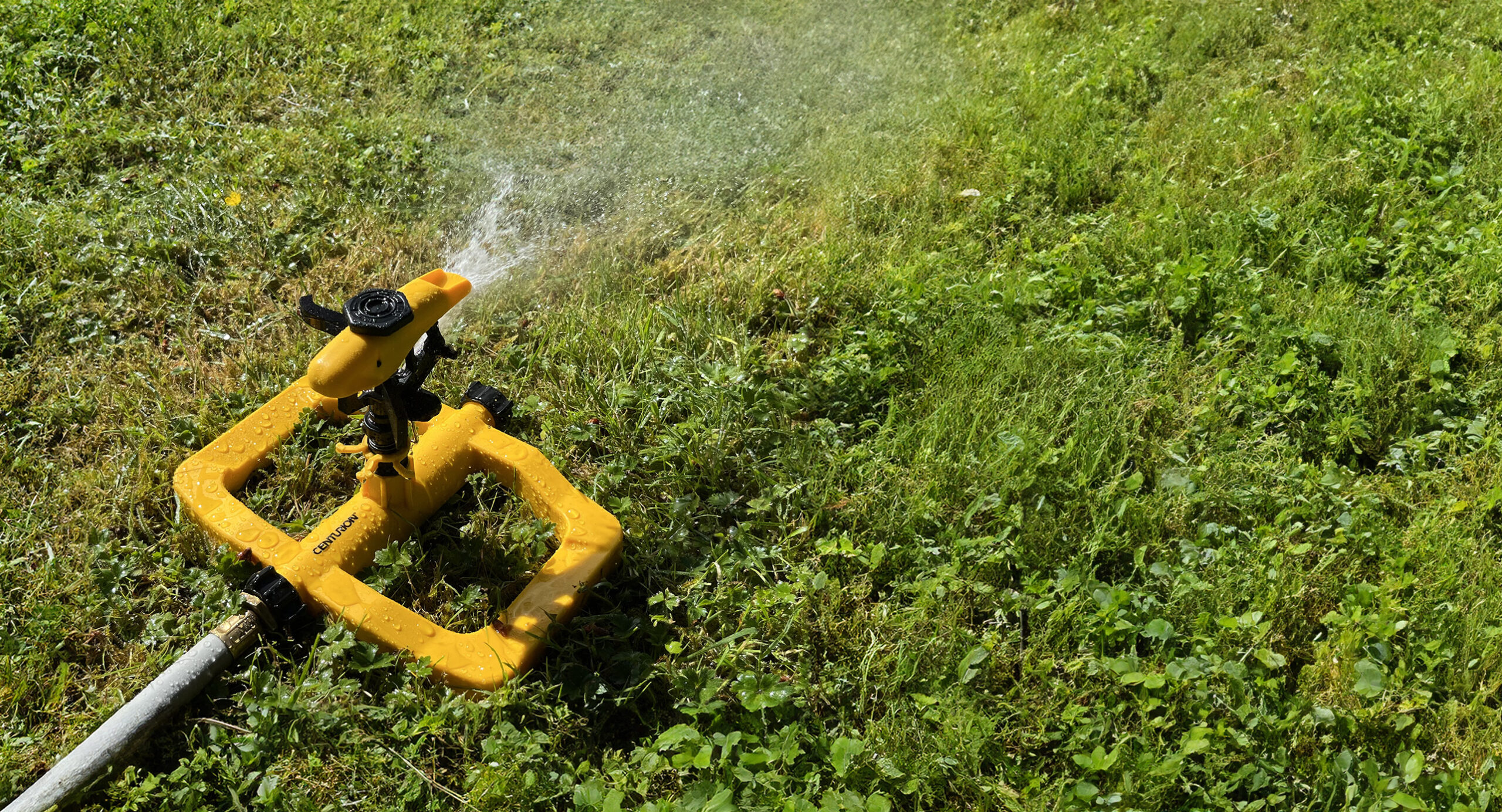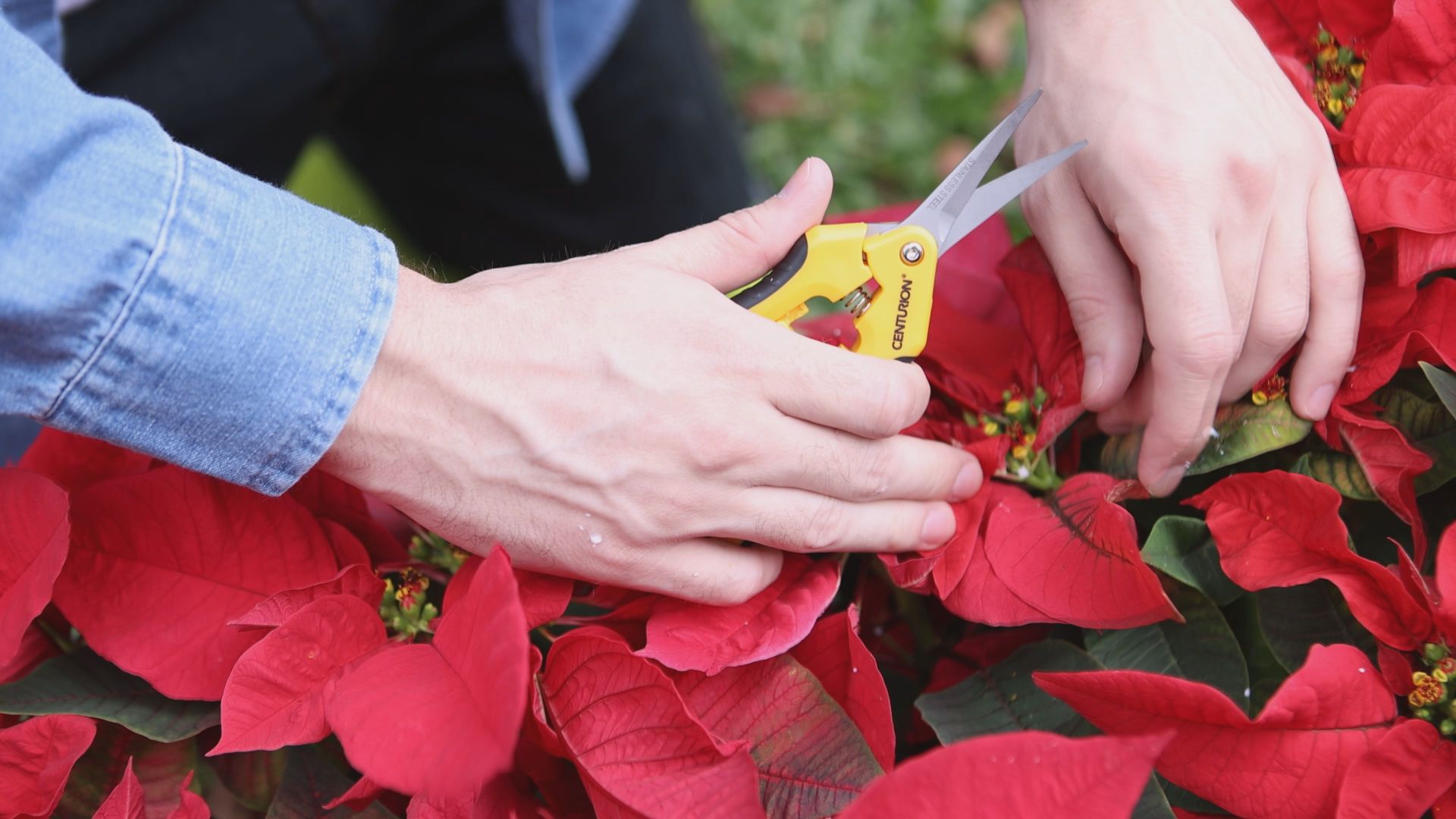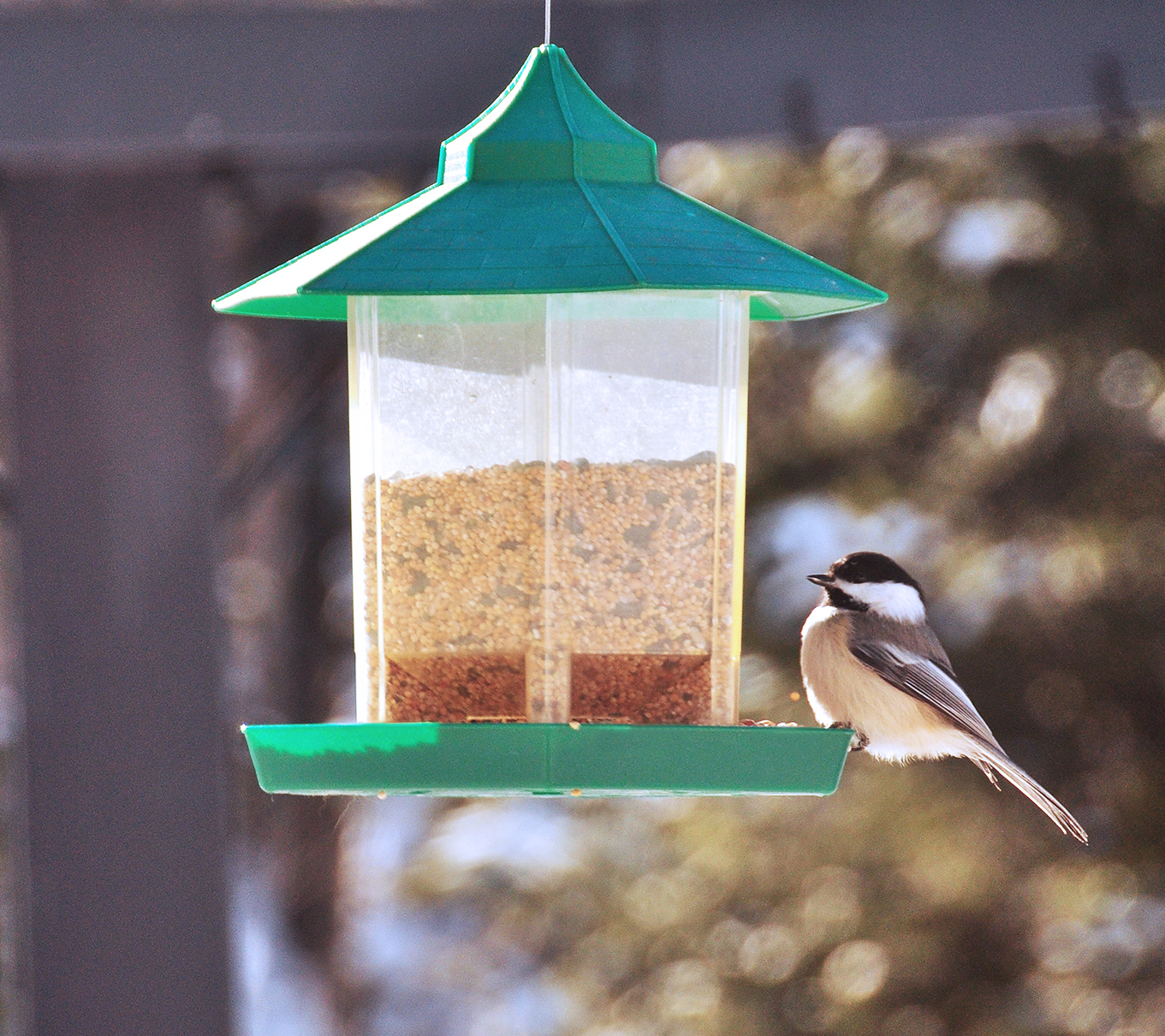Whenever there is talk of deer and plants, one should start with the disclaimer: If deer are hungry enough, they’ll eat just about anything. Having said that, there are plants they don’t care for, either because they are toxic, have strong scents, are prickly, or just taste bad.
It can be disappointing to gardeners to have their favorite plants devoured, but there is hope. Here are some tips about coexisting with deer and other wildlife, and a list of the most common plants they tend to avoid.
Deer Can Jump
Deer are creatures of habit. Once they’ve established a feeding area, it is very difficult to get them to go elsewhere. If that area happens to be your backyard, you may have to put up a deer fence. Remember, deer can jump 10’ high so a deer fence should be at least eight feet tall. It also needs to be fairly sturdy or the determined deer will push it over.
Guilty
Rabbits, woodchucks, and squirrels can also do damage. Here’s how to tell who’s guilty, deer don’t have upper incisors and they gnaw at vegetation leaving ragged ends. Rabbits and other rodents have sharp teeth and make clean cuts. Generally speaking, you’ll find more browsing damage in the winter months when food is scarce.
Protection
Plant hosta, tulips and other deer caviar close to your home where they are least likely to approach. Chicken wire and burlap wraps can also be effective if you have just one or two plants to protect.
There are many deer repellents on the market that can be sprayed onto leaves. Repellents need to be reapplied after the rain but for a favorite plant, the effort may be worth it. Wear protective gloves while you spray. The repellents are strong-smelling and won’t wash off your skin easily. If the repellent requires it be dissolved in water before using, use a battery sprayer and save yourself from continuous pumping.
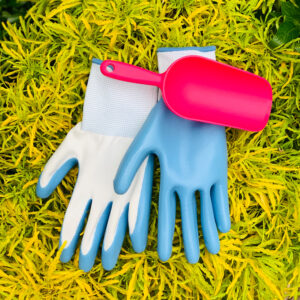
122_2pks Nitrile Gloves
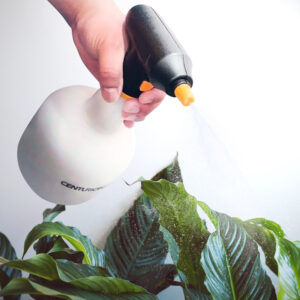
1575_Battery Sprayer
Strategy
Planting varieties that deer tend not to eat may be the best strategy of all. To help you get started we’ve made lists of some popular plants that deer usually avoid. This isn’t a comprehensive list and what they will and won’t eat can even differ by region. Your local county extension is a good place to find information that’s specific to your area.
- Annuals
- Snapdragons, marigolds, dusty miller, bachelor’s buttons, lantana, and zinnias
- Perennials
- Yarrow, silver mound, astilbe, lenten rose, coreopsis, bleeding heart, coneflower, beebalm, black-eyed Susan, and asters
- Herbs
- Mint, rosemary, basil, thyme, and tarragon
- Bulbs
- Spring flowering: narcissus, snowdrops, winter aconite. Summer flowering: African lily, windflower, montbretia, sword lily, and spider lily
- Groundcovers
- Wild ginger, pachysandra, wood fern, royal Fern, and bugleweed
- Shrubs
- Barberry, butterfly bush, holly, lilac, and arrowwood viburnum
- Trees
- Black tupelo, red maple, Japanese maple, black locust and sweetgum
- Evergreens
- Juniper, pines, fir, and spruce

